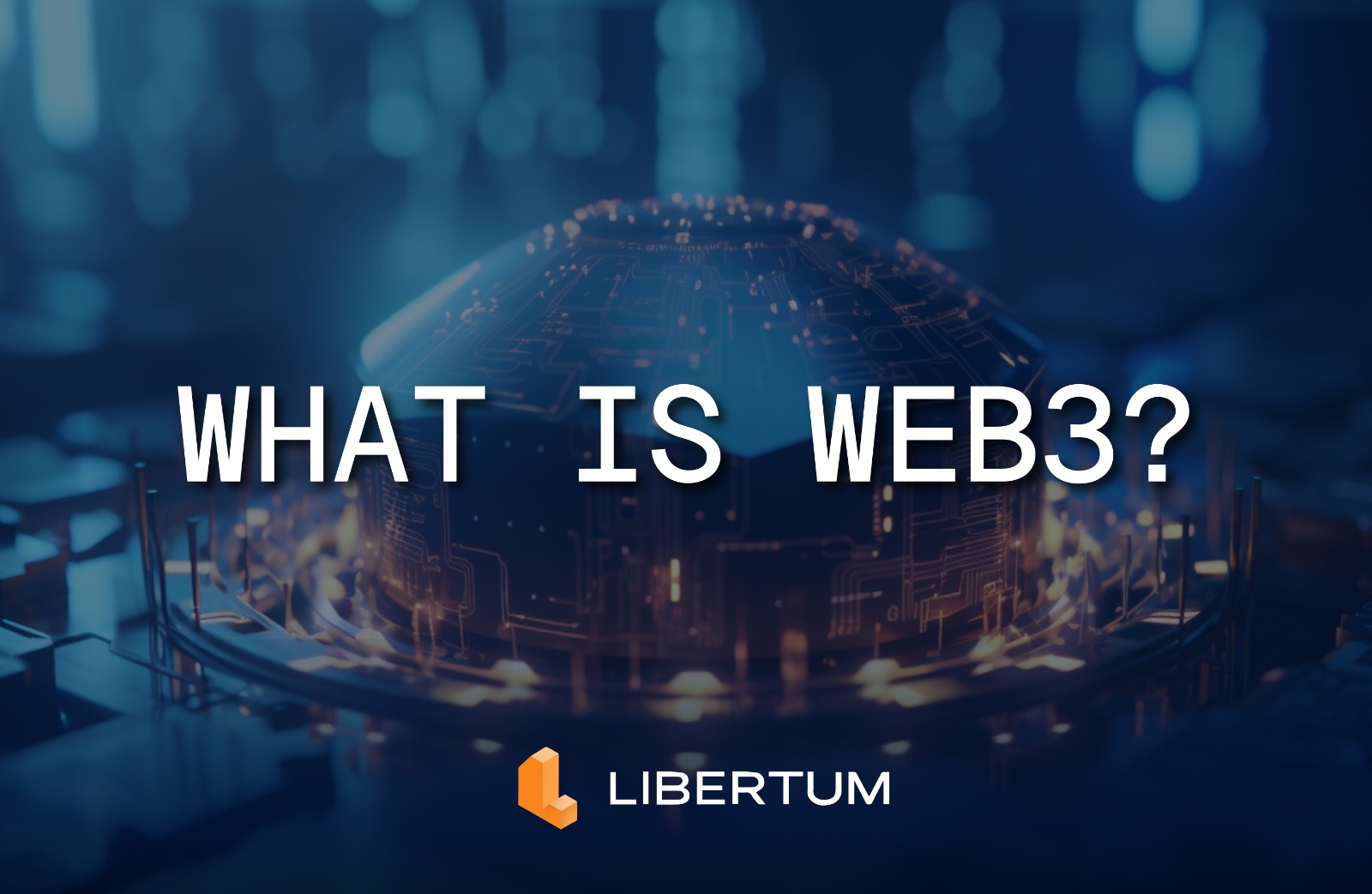The internet has transformed how we communicate, create, and connect, but it’s about to change again. Enter Web3, the next generation of the web built on blockchain, decentralization, and digital ownership. It’s not just a technological upgrade; it’s a paradigm shift that hands power back to users.
Unlike Web2, where data and profits are controlled by centralized platforms, Web3 empowers individuals to own their assets, identity, and digital footprints. This movement is redefining industries, unlocking new financial systems, and reshaping how we interact online.
In this blog, we’ll explore what Web3 really means, how it evolved, the technologies driving it, and what the future holds for this decentralized revolution.
From Static Pages to Smart Economies: The Web’s Evolution
To understand Web3’s promise, let’s revisit how the internet has evolved over three decades.
| Era | Period | Core Concept | Characteristics |
|---|---|---|---|
| Web1 (Read-Only Web) | 1990s – Early 2000s | Access to information | Static pages, minimal interaction, limited creators |
| Web2 (Social Web) | 2004 – Present | Participation and interaction | Social media, user-generated content, centralized control |
| Web3 (Ownership Web) | Emerging Now | Ownership and value exchange | Blockchain, tokenization, decentralized identity |
Web1 was the era of consumers.
Web2 gave rise to creators, but centralized platforms reaped most of the rewards.
Now, Web3 introduces participants, where every user can be both a contributor and a stakeholder.
This shift represents not just new technology, but a new economic model for the digital age.
What Makes Web3 Revolutionary
Web3 is often described as the “internet of value.” It enables people to transact, verify, and build trust without relying on intermediaries. Here are its core pillars:
- Decentralization – Data lives on distributed networks, ensuring transparency and censorship resistance.
- Blockchain Infrastructure – Every transaction is cryptographically verified on-chain.
- Smart Contracts – Self-executing programs that automate trust and remove intermediaries.
- Tokenization of Everything – Turning assets into liquid, tradable tokens.
- Self-Sovereign Identity (SSI) – Users own their digital credentials.
- Interoperability – Cross-chain systems enable seamless connectivity.
Why Web3 Matters: Empowerment, Inclusion, and Transparency
- True Digital Ownership – You own your assets, not platforms.
- Financial Inclusion – DeFi enables borderless access to wealth creation.
- Creator Economy 2.0 – Artists and developers earn directly through NFTs and DAOs.
- Borderless Ecosystems – Web3 connects global users without intermediaries.
- Transparent Governance – DAOs replace executives with on-chain community decisions.
Where Web3 is Thriving: Real-World Use Cases
- Finance (DeFi) – Aave, Uniswap, and Compound enable banking without banks.
- NFTs – Authentic digital ownership across art, music, and real estate.
- Web3 Gaming & Metaverse – Play-to-own models reshape gaming economies.
- Real-World Asset Tokenization (RWA) – Platforms like Libertum bridge blockchain with real estate.
- Decentralized Social Media – Lens Protocol and Farcaster empower creator-owned networks.
The Road Ahead: Web3’s Next Evolution
- AI + Web3 Fusion – Autonomous agents managing DeFi and governance.
- Zero-Knowledge Proofs – Privacy with verifiable integrity.
- Institutional Adoption – Banks, CBDCs, and enterprise blockchains.
- User-Friendly UX – Web2.5 designs bridging convenience and decentralization.
- Sustainability & Compliance – Green, regulation-ready blockchains.
How Challenges Become Opportunities
Scalability, regulation, and UX remain challenges—but innovation thrives:
- Layer 2s cut costs.
- RegTech bridges crypto with institutions.
- Cross-chain governance boosts decentralization.
Web3 Is Far More Than a Technological Shift
Web3 is a revolution in digital ownership, trust, and collaboration. It envisions an internet where users are participants, not products—shaping and benefiting from the ecosystems they help build.
Every decentralized app, tokenized asset, and DAO moves us closer to a transparent, inclusive, and self-sustaining web.
The next generation won’t just use the internet—they’ll own, govern, and earn from it.
The future isn’t just decentralized. It’s empowered. It’s Web3.
